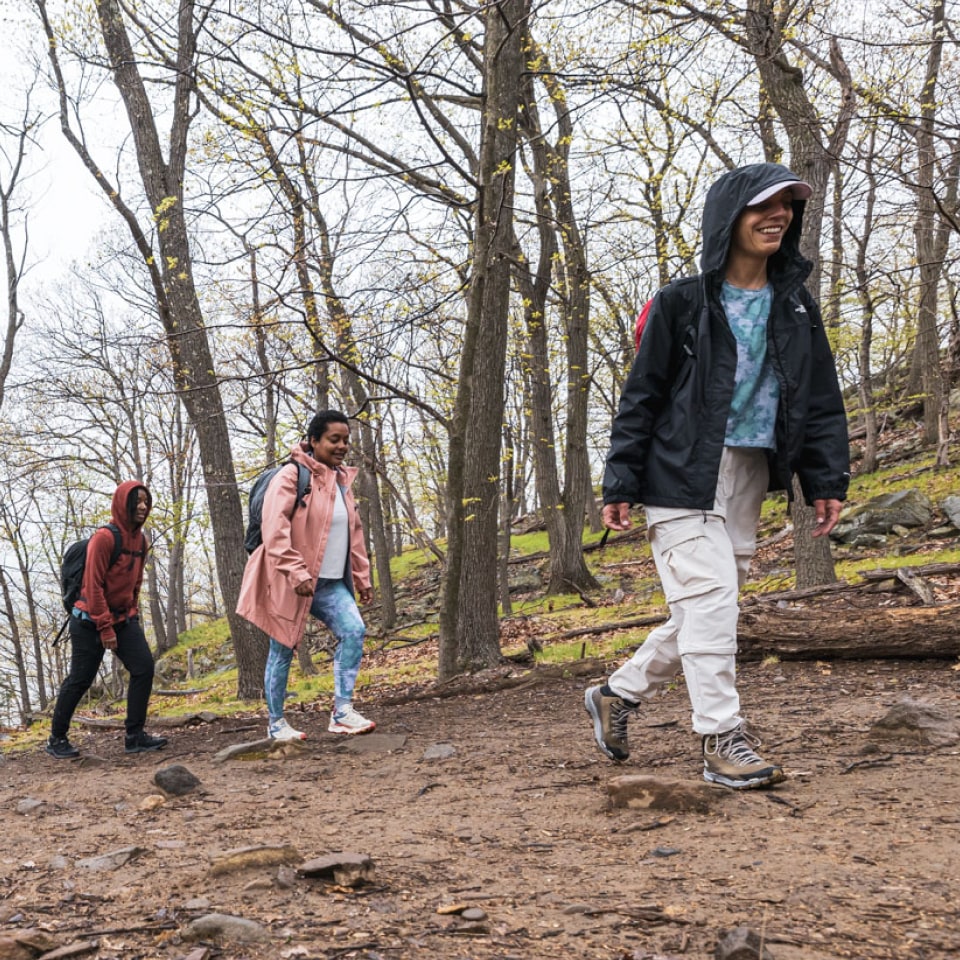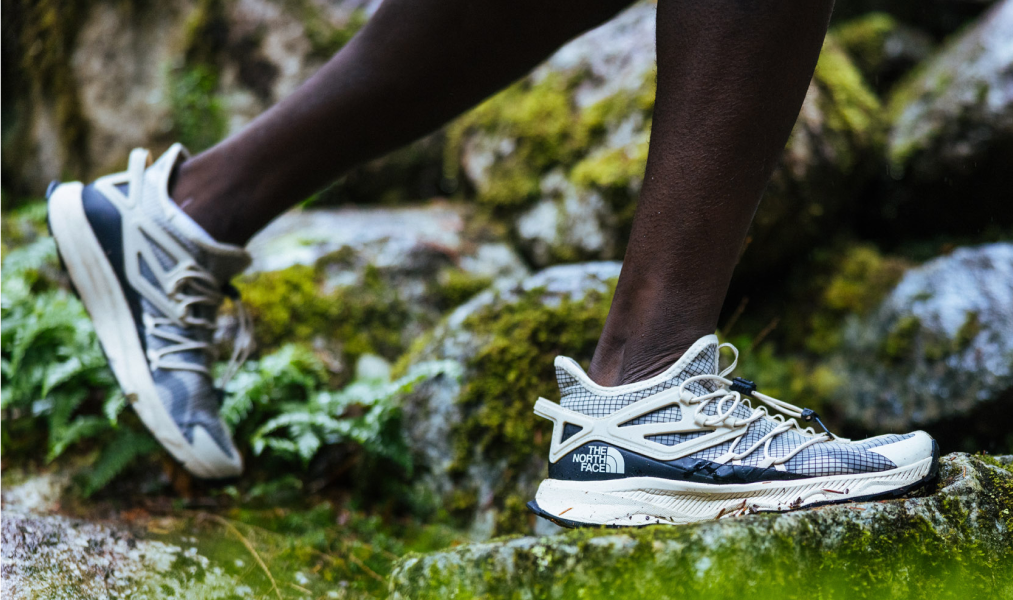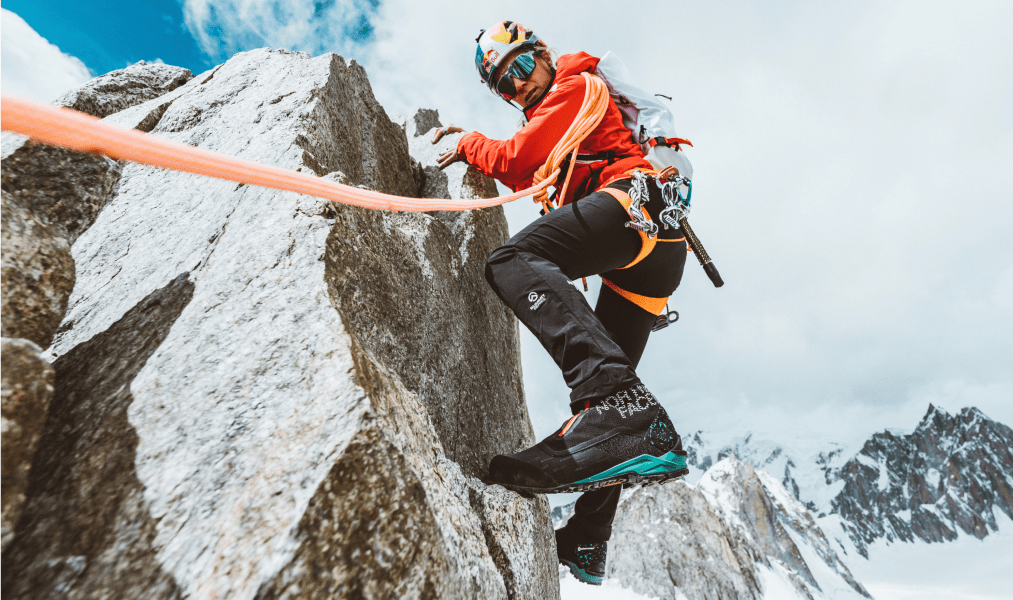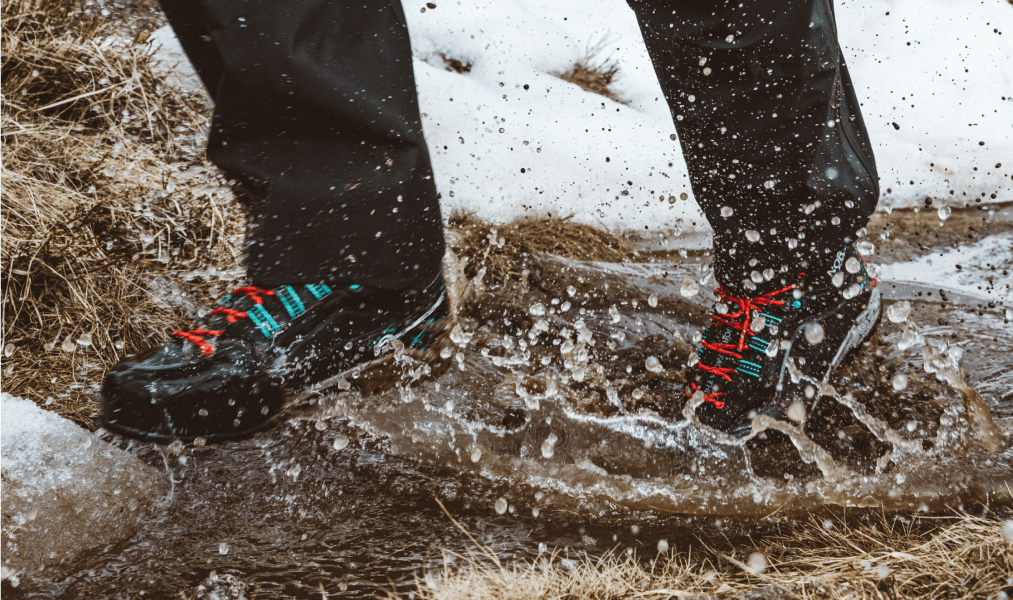
How to choose hiking boots: The ultimate buyer's guide.
2025-03-18
Whether exploring backcountry trails or heading off on a multi-week trekking expedition, proper hiking boots can make all the difference. Do you need lighter-weight shoes for short day hikes on rugged terrain? Or do you need mountaineering boots to handle heavy loads, backpacking and long-distance hikes?
Boots for day hikes and short trips.

Day hikes typically don't require heavy-duty ankle support—we recommend reaching for trail shoes instead. If you prefer to have some level of stability, mid-cut boots or shoes with a slightly higher collar can provide adequate ankle support without sacrificing too much flexibility.
Boots for long treks and mountain expeditions.

Multi-day trips often involve more challenging terrain, longer distances and heavier loads, requiring footwear that can handle varied conditions. Consider boots with a higher cut that offer excellent ankle support. A stiff midsole for protection against sharp rocks and waterproofing for wet weather conditions are also features to look for.
What are the different types of hiking boots?
There are four main options when it comes to hiking footwear:
Hiking or trail shoes
Lightweight boots
Midweight boots
Heavyweight boots
Hiking shoes and trail shoes are typically softer, more flexible and are intended only for light day hikes on well-maintained, easy to moderate trails. Lightweight boots tend to be less expensive and can also be for day hiking or fastpacking. Midweight and heavyweight options are for backpacking trips and rough terrain and feature stiffer materials and a solid, stable underfoot.
Hiking shoes for the fast-paced.
Trail running shoes are lightweight and have a shorter break-in time. They are usually low-cut and designed to improve forward propulsion and lateral stability. The North Face trail running shoes are made to last with extra grip and durability so you can focus on enjoying the trail.
Hiking boots for beginners.
Consider mid-cut hiking boots with responsive cushioning in the midsole for comfort, ankle support and breathability.
How to choose hiking boots for different weather conditions.

There are two main features to consider when it comes to the weather or enivornment where you’ll be hiking. The material in the uppers, and the materials and tread used in the outsoles.
Breathable mesh uppers are much better for hot, dry climates, but you’ll quickly find yourself with wet socks should it start to rain. Likewise, waterproof membranes will make for happier feet on muddy trails, but might mean stuffy, overheated toes if you take them on a desert trip. It can also be helpful to consider how rocky and uneven the trail might be. Some hiking boots and shoes come with extra toe and heel protection. Durable leather uppers might also be appreciated if you expect to encounter prickly flora and fauna.
When it comes to the outsole, take a look at the materials. Certain proprietary rubbers offer better traction on slick rocks, and some tread patterns are better suited for mud than others. The higher the lugs on your tread, the better grip you’ll often achieve on uneven terrain. The wider the gaps between the tread, the easier they’ll shake mud loose on messy trails.
How should hiking boots fit?
It’s important to try your boots on before heading out on the trail. Look for a pair of boots that fit snug but feel comfortable enough to last. You should be able to wiggle your toes, but if there is room for your foot to slip your chances for blisters increases.
Hiking socks are a key component of your setup. Wear a pair when trying boots on for a more accurate fit estimate. You may also need insoles, inserts or orthotics for better support if you have high arches. Pay attention to potential pressure points and make sure the boots don't cause discomfort during extended use.
Also, consider trying boots on towards the end of the day when your feet tend to be slightly swollen.
Your perfect pair is waiting.